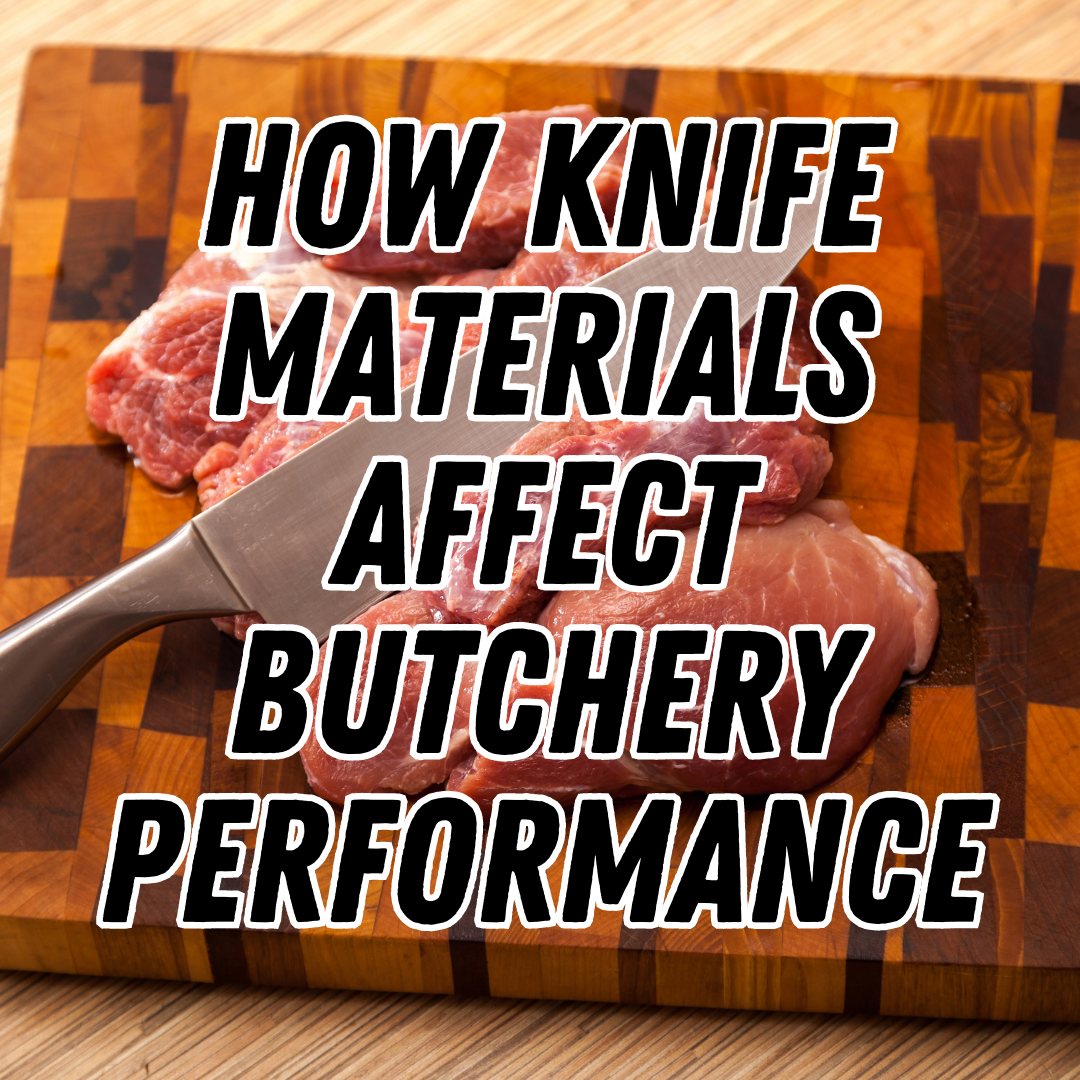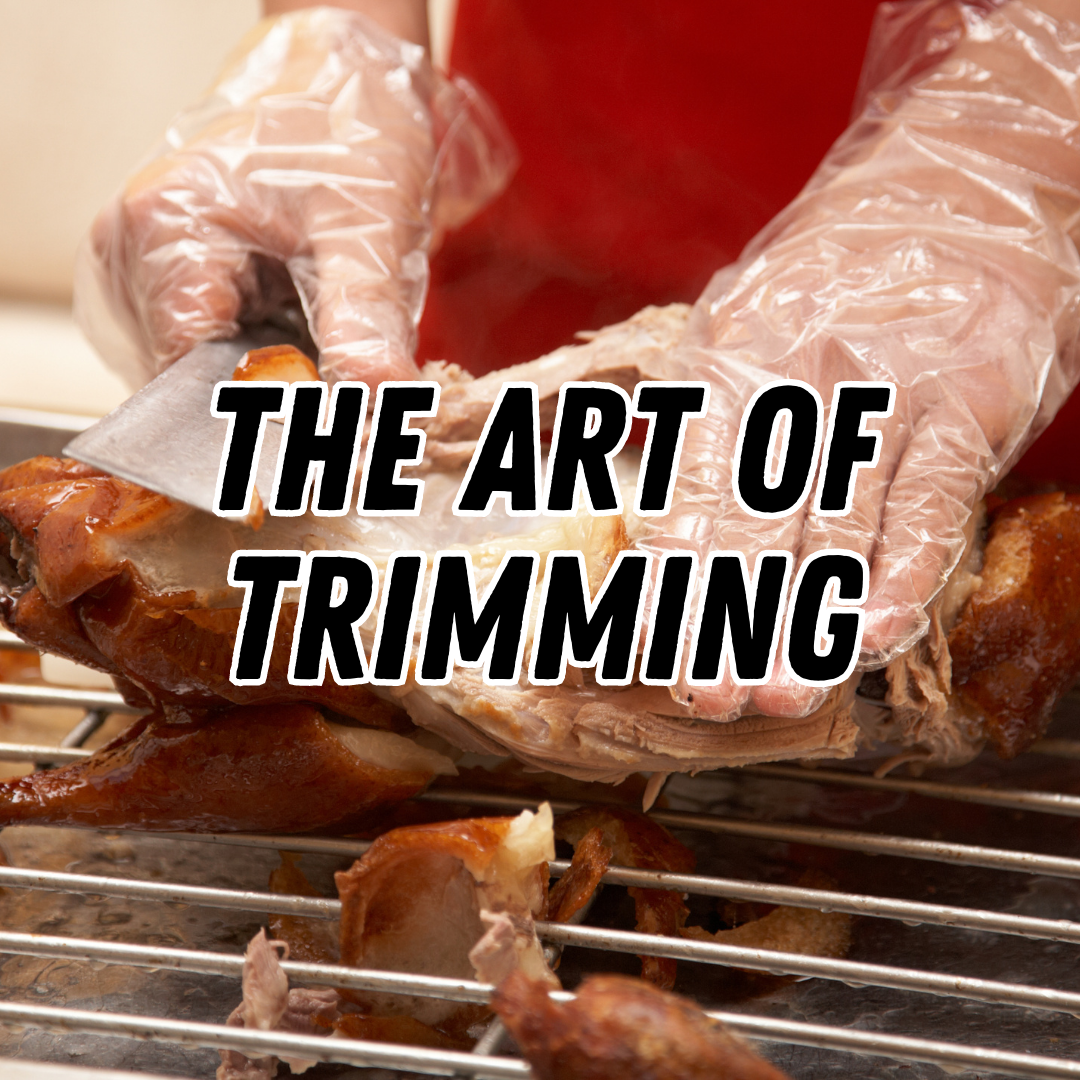Understanding the importance of proper knife care will not only extend the lifespan of your prized cutlery but also ensure a delightful dining experience every time.
This comprehensive guide will delve into steak knife maintenance, covering essential topics such as sharpening techniques, proper storage methods, and effective cleaning practices.
Get ready to elevate your steak knife game and savour the excellence of a well-maintained blade.
Understanding Steak Knives
Anatomy of a Steak Knife
When understanding steak knives, it's essential to familiarise yourself with their anatomy. A typical steak knife consists of several key components:
- Blade: The blade is the primary cutting edge of the knife, typically featuring a sharp, pointed tip and a serrated or straight edge.
- Tang: The tang refers to the portion of the blade that extends into the handle, providing stability and balance. Full tang knives are highly desirable for their durability and strength.
- Handle: The handle is where you grip the knife. It can be made from various materials, such as wood, plastic, or stainless steel, offering different comfort levels and aesthetics.
Different Types of Steak Knives and Their Features
Steak knives come in various styles, each offering unique features and benefits. Here are a few common types:
-
Serrated Edge Steak Knives: These knives feature a saw-like edge, making them ideal for cutting through thick or tough cuts of meat. The serrations grip the meat, ensuring clean and effortless slicing.
-
Straight-Edge Steak Knives: Straight-edge knives offer a smooth, clean cut and are perfect for delicate meats. They allow for precise slicing without tearing or crushing the fibres.
- Stamped vs. Forged Steak Knives: Steak knives can be stamped or forged. Stamped knives are cut from a single metal sheet, while forged knives are crafted by heating and shaping. Forged knives are more robust and durable, while stamped knives are often more affordable.
Sharpening Your Steak Knives
Sharpening your steak knives is essential to ensure optimal cutting performance and prolong their lifespan. Regular sharpening not only enhances the cutting edge but also improves the kitchen's safety and precision.
Importance of Sharpening Steak Knives
Properly sharpened steak knives provide clean and effortless cuts, enhancing the dining experience. Dull blades can result in jagged and uneven slices, compromising the texture and presentation of your prized steaks.
Moreover, a blunt edge requires more force to cut through meat, increasing the risk of accidents.
Different Sharpening Methods
1. Honing with a Honing Rod
Honing rods, also known as sharpening steels, are effective for maintaining the edge between sharpening. With the blade at a 15-degree angle, swipe the knife along the rod from base to tip, alternating sides. This process realigns the blade's microscopic edge, improving its cutting ability.
2. Using a Sharpening Stone
Whetstones and other sharpening stones provide a more thorough sharpening method. Start by giving the stone some time to soak in water. Then, while maintaining the proper angle with the knife in your hand, carefully and evenly glide the blade across the stone. Repeat this procedure until the required sharpness is achieved on both sides.
3. Electric Knife Sharpeners
We at Koi do not recommend you use any form of electric sharpeners because they can damage the blade but electric sharpeners were made to be a convenient options for beginners and to provide automated guidance. You simply place the knife in the designated slot and let the machine guide the blade through the sharpening process.
Again, we recommend you use a honing rod or whetstones when sharpening your knives.
Proper Storage Techniques for Your Steak Knives
Proper storage is vital to maintain and protect knife-sharp edges and prevent unnecessary damage.
Let's explore some of the best storage options available:
Knife Blocks
Knife blocks are a popular choice for storing steak knives. These blocks provide individual slots for each knife, keeping them organised and easily accessible. opt for a knife block with horizontal slots to prevent the blades from coming into contact with other knives, reducing the risk of dulling or chipping.
Magnetic Knife Strips
Magnetic knife strips offer a space-efficient and visually appealing storage solution. By securely attaching your steak knives to the magnetic strip, you can keep them within reach while showcasing their elegant design. Ensure the magnet is strong enough to hold the knives' weight securely.
Knife Rolls or Cases
Ideal for transportation or when space is limited, knife rolls or cases provide safe and protective storage for your steak knives. These portable options usually feature individual sleeves or compartments to prevent blades from rubbing against each other.
Remember, regardless of the storage option, ensure the blades are clean and completely dry before storing them to prevent corrosion or rust.
Cleaning and Maintenance of Your Steak Knives: Tips and Tricks
Follow these expert tips and tricks to keep your knives in top condition.
1. Handwashing Vs. Dishwasher
To preserve the quality of your steak knives, it is highly recommended to handwash them. Avoid placing them in the dishwasher, as the high heat and harsh detergents can damage the blades and handles. Instead, gently wash the knives with warm water, mild dish soap, and a soft sponge or cloth.
2. Removing Tough Stains or Rust
In case your steak knives develop tough stains or rust spots, take immediate action to restore their pristine condition.
Using a soft cloth, create a paste using baking soda and water, and gently rub it onto the affected areas.
Rinse the knives thoroughly and dry them immediately to prevent further oxidation.
3. Drying and Oiling the Blades
After washing, thoroughly dry your steak knives to prevent moisture build-up that could lead to corrosion. Use a clean towel or paper towel to remove all moisture from the blades.
Additionally, consider applying a thin coat of food-grade mineral oil to the edges to protect them from humidity and enhance their longevity.
4. Handling and Storage
Avoid excessive force when handling your steak knives, as it can damage the blades or cause the handles to become loose. Store the knives in a knife block, magnetic knife strip, or knife roll/case to protect the blades and prevent accidents. Ensure the knives are stored in a dry and clean environment to maintain their quality.
Conclusion
Regular sharpening of your steak knives using appropriate methods like honing or sharpening stones will help maintain their cutting edge. Implementing proper storage techniques, such as using knife blocks or magnetic strips, will protect the blades from damage. Adopting effective cleaning practices, including handwashing and regular drying, will preserve their appearance and prevent corrosion.
Remember, investing time and effort in maintaining your steak knives will ensure many enjoyable and flavourful meals for years.




